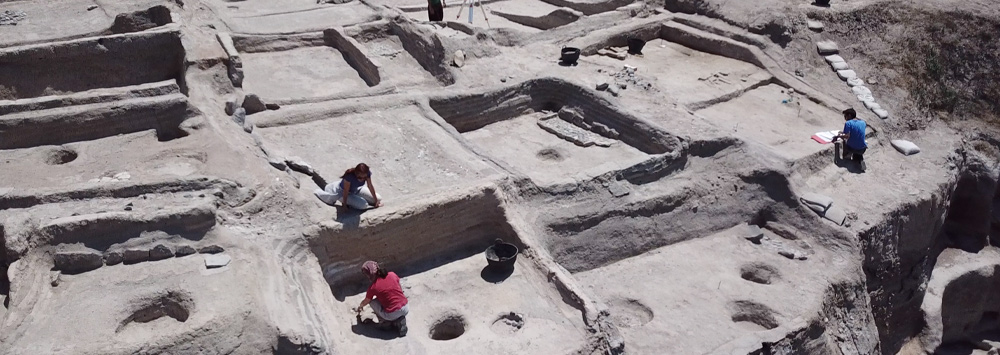- Thursday 14 March 5pm
- In person at Rendall Lecture Theatre 1
- All welcome, no need to register - just turn up!
Abstract
Increasingly I believe that large Near Eastern Neolithic villages, such as Çatalhöyük, Ain Ghazal, Aşikli Höyük, Tell Sabi Abyad, and Tell Halula, should be viewed as relatively small communities of hundreds of people, rather than large communities of thousands of villagers that exemplify a form of early urbanism. In this presentation I argue that larger villages, such as Çatalhöyük in Turkey, were probably inhabited by between 600 to 800 people at the height of occupation, not 3,500 – 8,000 people as argued by I. Hodder. This understanding has important implications for how researchers frame discussions of early village life, how we think about food storage and subsistence practices, the use of scalar and population driven models for the evolution of world’s first villages, and household and community social networks.
Image credit: Professor Ian Kuijt
